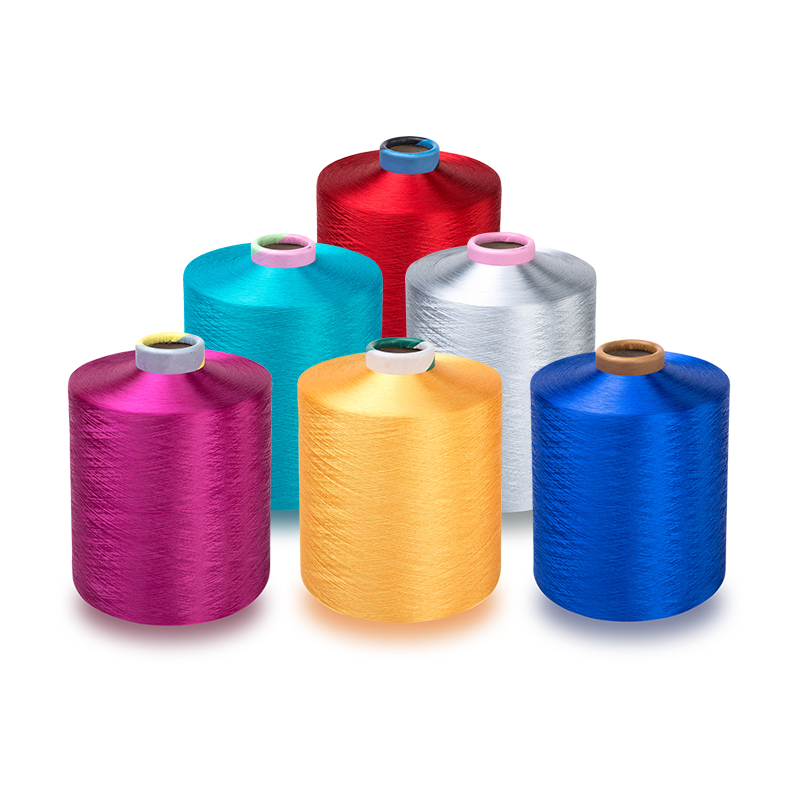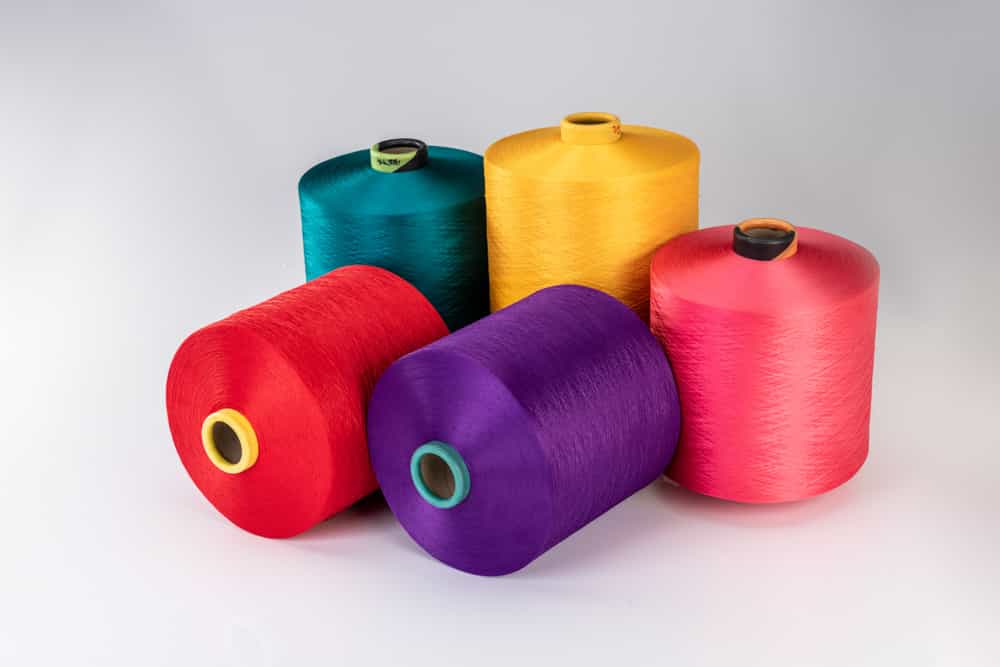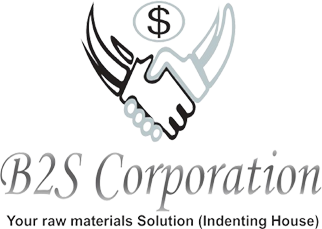Textured Yarn

- Base Fiber: Textured yarn can be made from various types of base fibers, including natural fibers like cotton, wool, silk, or synthetic fibers like polyester, nylon, or acrylic. The choice of base fiber depends on the desired characteristics of the yarn, such as softness, strength, or sheen.
- Crimping or Texturing Agents: To achieve the desired texture, the yarn is treated with crimping or texturing agents during the manufacturing process. These agents can be chemical compounds or mechanical processes that introduce irregularities or crimps into the yarn structure.
- Blend or Pure: Textured yarns can be made from a single type of fiber or a blend of different fibers. Blending different fibers can enhance the yarn’s properties, such as adding strength, softness, or heat resistance.
- Denier or Thickness: Textured yarn comes in various thicknesses, which are often measured in denier. Denier is a unit of measurement that indicates the linear mass density of the yarn. Different denier values are suitable for different applications, ranging from fine yarns for lightweight fabrics to thicker yarns for upholstery or carpets.
- Colorants and Dyes: Textured yarn can be produced in a variety of colors by adding colorants or dyes during the manufacturing process. This allows for a wide range of color options for different applications and design preferences.
- Additional Treatments: Depending on the intended use, textured yarn may undergo additional treatments such as heat setting, twisting, or finishing processes to improve its performance, durability, or appearance.
Drawn Textured Yarn (DTY)

Drawn Textured Yarn (DTY) is a type of textured yarn that is widely used in the textile industry. It is known for its stretchability, bulkiness, and softness. The content of DTY refers to its composition and characteristics. Here are some key points about the content of Drawn Textured Yarn:
Polyester Fiber: Drawn Textured Yarn (DTY) is primarily made from polyester fibers. Polyester is a synthetic fiber derived from petroleum-based chemicals. It offers excellent strength, durability, and resistance to wrinkles and shrinkage.
Polymerization: Polyester fibers used in DTY production are created through a chemical process called polymerization. Monomers, such as ethylene glycol and terephthalic acid, are combined to form long-chain polymer molecules, which are then extruded into fibers.
Drawing Process: The DTY manufacturing process involves a drawing step. After the polyester fibers are extruded, they go through a drawing process, where they are stretched to align the molecules and increase their orientation. This stretching process imparts the yarn with its stretchability and strength.
Texturing Process: Following the drawing process, the yarn undergoes a texturing process. In this step, heat is applied to the stretched fibers, which creates crimps, loops, or other irregularities along the yarn length. This texturing gives DTY its bulkiness, softness, and enhanced elasticity.
Single or Multiple Filaments: DTY can be composed of a single filament or multiple filaments twisted together. Single filament DTY is often used for finer fabrics or lightweight applications, while multiple filament DTY is employed for heavier fabrics or more robust applications.
Denier or Tex: DTY is classified based on its denier or tex, which indicate its linear density. Denier represents the weight in grams of 9,000 meters of yarn, while tex represents the weight in grams of 1,000 meters of yarn. DTY is available in various denier or tex values to cater to different fabric requirements.
Dyeability: DTY has excellent dye affinity, allowing it to be easily dyed in a wide range of colors. The textured structure of DTY enhances its ability to retain and distribute dyes, resulting in vibrant and uniform coloration.
Blending: DTY can be blended with other fibers, such as natural fibers like cotton or synthetic fibers like nylon, to create blended yarns with combined properties. Blending can enhance characteristics like moisture absorption, breathability, or texture while maintaining the stretch and resilience of DTY.
Finishing Treatments: DTY may undergo finishing treatments to improve its performance or appearance. These treatments can include anti-static agents to reduce static electricity, lubricants to enhance the yarn’s handling during weaving or knitting, or flame retardant treatments for specific applications.
It’s important to note that the specific content and characteristics of DTY can vary between manufacturers and brands. Therefore, it’s advisable to check the product labeling or contact the manufacturer for detailed information about a particular Drawn Textured Yarn (DTY) product.
